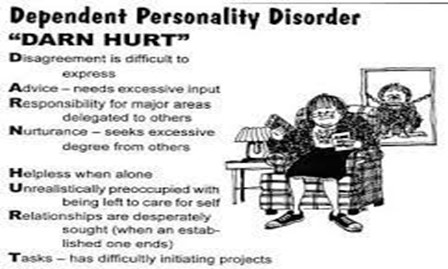A nurse is reinforcing teaching with the guardians of a 6-year-old child who has cystic fibrosis.
Which of the following information should the nurse include in the teaching?
Do not include your child when making decisions about treatment.
Ensure that your child does not receive the influenza vaccine annually.
Have your child wear a medical identification wristband.
Provide homeschooling for your child.
The Correct Answer is C
Wearing a medical identification wristband is important for children with chronic conditions such as cystic fibrosis. It helps alert others, including healthcare providers, about the child's condition in case of emergencies. The wristband can provide vital information about the child's diagnosis, treatment needs, and emergency contacts, ensuring appropriate care and timely interventions.
The other options mentioned are not appropriate or necessary for the care of a child with cystic fibrosis:
A- It is important to involve the child to an age-appropriate extent in decision-making about their treatment. Encouraging the child to participate in their own care and treatment decisions can promote their independence and self-management skills.
B- The influenza vaccine is generally recommended for children with cystic fibrosis, as they are at increased risk of respiratory infections. The vaccine helps protect against influenza and its potential complications. Therefore, the nurse should emphasize the importance of annual influenza vaccination for the child.
D- Homeschooling may not be necessary solely based on the diagnosis of cystic fibrosis. The decision regarding the child's education should be made based on their individual needs, abilities, and preferences, in consultation with the child's healthcare team and educational professionals.
Nursing Test Bank
Naxlex Comprehensive Predictor Exams
Related Questions
Correct Answer is C
Explanation
Explanation
C. Position the client on their left side
The symptoms of feeling dizzy, racing heart, and becoming pale while lying on their back are consistent with supine hypotensive syndrome or vena cava syndrome. This condition occurs when the pregnant uterus compresses the vena cava, reducing blood flow back to the heart and causing a drop-in blood pressure.
Positioning the client on their left side helps alleviate the pressure on the vena cava, allowing for improved blood flow and preventing further symptoms. This position optimizes blood circulation and reduces the risk of complications. The nurse should assist the client in turning onto their left side and ensure they are comfortable.
Providing the client with a glass of orange juice (option A) is not recommended as it may be helpful in cases of low blood sugar or hypoglycemia, but it is not the most appropriate action in this scenario.
Instructing the client to take a brisk walk (option B) is not recommended since physical exertion can further worsen the symptoms and increase the risk of complications.
Checking the client's temperature (option D) is not necessary as the reported symptoms are not indicative of a fever or infection.
Therefore, the most appropriate action for the nurse to take in this situation is to position the client on their left side (option C).
Correct Answer is C
Explanation
Dependent personality disorder is characterized by an excessive reliance on others for decision-making and a fear of being alone or taking responsibility. Encouraging the client to be assertive helps promote their independence and self-confidence. It allows them to express their needs and preferences, make decisions, and take responsibility for their own actions. Empowering the client to be assertive can enhance their overall well-being and promote healthier relationships.
Limiting the client's social interactions may exacerbate their dependency and hinder their progress in developing more self-reliance and independent coping skills. It is important to encourage appropriate and healthy social interactions while also promoting the client's independence.
Maintaining a verbal no-harm contract with the client is a strategy more commonly used for clients at risk of self-harm or harm to others. It may not be directly applicable to the care of a client with dependent personality disorder unless there are specific safety concerns. Assuming responsibility for making the client's decisions would reinforce their dependency and enable their avoidance of taking personal responsibility. It is important to promote autonomy and support the client in making their own decisions whenever possible.

Whether you are a student looking to ace your exams or a practicing nurse seeking to enhance your expertise , our nursing education contents will empower you with the confidence and competence to make a difference in the lives of patients and become a respected leader in the healthcare field.
Visit Naxlex, invest in your future and unlock endless possibilities with our unparalleled nursing education contents today
Report Wrong Answer on the Current Question
Do you disagree with the answer? If yes, what is your expected answer? Explain.
Kindly be descriptive with the issue you are facing.
